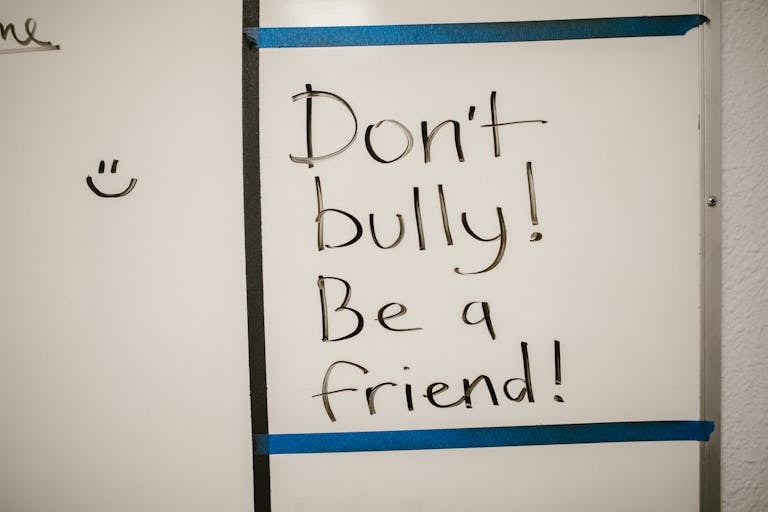Understanding Bullying: Are You a Bully?

Are You a Bully? Understanding the Psychology and Finding Solutions
Bullying is a pervasive issue that can have long-lasting effects on both the victim and the perpetrator. But the big question is, are you a bully? Understanding your behavior and the reasons behind it is the first step toward making a positive change.
Why Do People Bully?
Bullying involves targeting someone perceived as different or weaker, using words, actions, or even physical violence to exert power over them. If you find yourself engaging in such behavior, it’s crucial to ask yourself why. What drives you to judge and harm others?
- Insecurity: Despite appearing confident, bullies often struggle with deep-seated insecurities. They seek validation through dominance, believing that if they are on top of the social hierarchy, they will receive praise and acceptance from their peers.
- Narcissistic Traits: Some bullies exhibit narcissistic tendencies, meaning they are overly focused on their own needs and desires. A narcissistic bully craves admiration and will do anything to maintain their status, even if it means belittling others.
- Social Pressure: Many bullies act out to fit in with a particular group. They fear being associated with those who are different, so they join in on the bullying to avoid becoming the next target.
- Family Environment: Bullies often come from homes where physical and emotional abuse is common. They may replicate the behavior they witness at home, using it as a way to cope with their own pain.
The Consequences of Bullying
If you continue to bully others, the consequences can be severe. School bullies often grow up to become abusive adults, struggling to form healthy social relationships. Narcissistic bullies, in particular, may find themselves isolated or even facing legal repercussions as their destructive behavior escalates.
Tips for Bullies: How to Change Your Behavior
The good news is that change is possible. Here are some steps you can take:
- Seek Therapy: Whether your bullying stems from low self-esteem, narcissistic traits, or a difficult home environment, therapy can help you understand and address the root causes of your behavior.
- Develop Empathy: Practice putting yourself in others’ shoes. Consider how your actions impact the people around you, and work on building genuine, positive relationships.
- Find Positive Role Models: Surround yourself with people who exhibit kindness, respect, and integrity. Learn from their behavior and strive to emulate it in your own life.
- Join Anti-Bullying Initiatives: Get involved in programs that promote kindness and respect. Not only will this help you change your behavior, but it will also give you a sense of purpose and belonging.
Tips for Bystanders: How to Make a Difference
If you witness bullying, you have the power to make a difference. Here’s how:
- Speak Up: Don’t remain silent. Let the bully know that their behavior is unacceptable, and offer support to the victim. Your voice can have a powerful impact.
- Report the Bullying: If the situation is serious, don’t hesitate to report it to a teacher, counselor, or other authority figures. They can intervene and provide the necessary support.
- Be an Ally: Instead of joining in with the bully, stand by the victim. Offer them friendship and support, and help them feel less isolated.
- Encourage Positive Behavior: Promote a culture of kindness and inclusion. Encourage others to treat everyone with respect, regardless of differences.
Conclusion
Bullying is a complex issue, but understanding its roots can lead to meaningful change. Whether you’re a bully or a bystander, you have the power to make a difference. It’s never too late to change your behavior and contribute to a more empathetic and supportive environment.
References:
- Smith, P. K., & Brain, P. (2000). Bullying in schools: Lessons from two decades of research. Aggressive Behavior, 26(1), 1-9.
- Olweus, D. (1993). Bullying at school: What we know and what we can do. Blackwell Publishing.
- Rigby, K. (2003). Consequences of bullying in schools. The Canadian Journal of Psychiatry, 48(9), 583-590.
- Swearer, S. M., & Hymel, S. (2015). Understanding the psychology of bullying: Moving toward a social-ecological diathesis-stress model. American Psychologist, 70(4), 344-353.
By reflecting on your actions and making a conscious effort to change, you can break the cycle of bullying and create a positive impact on your community.




